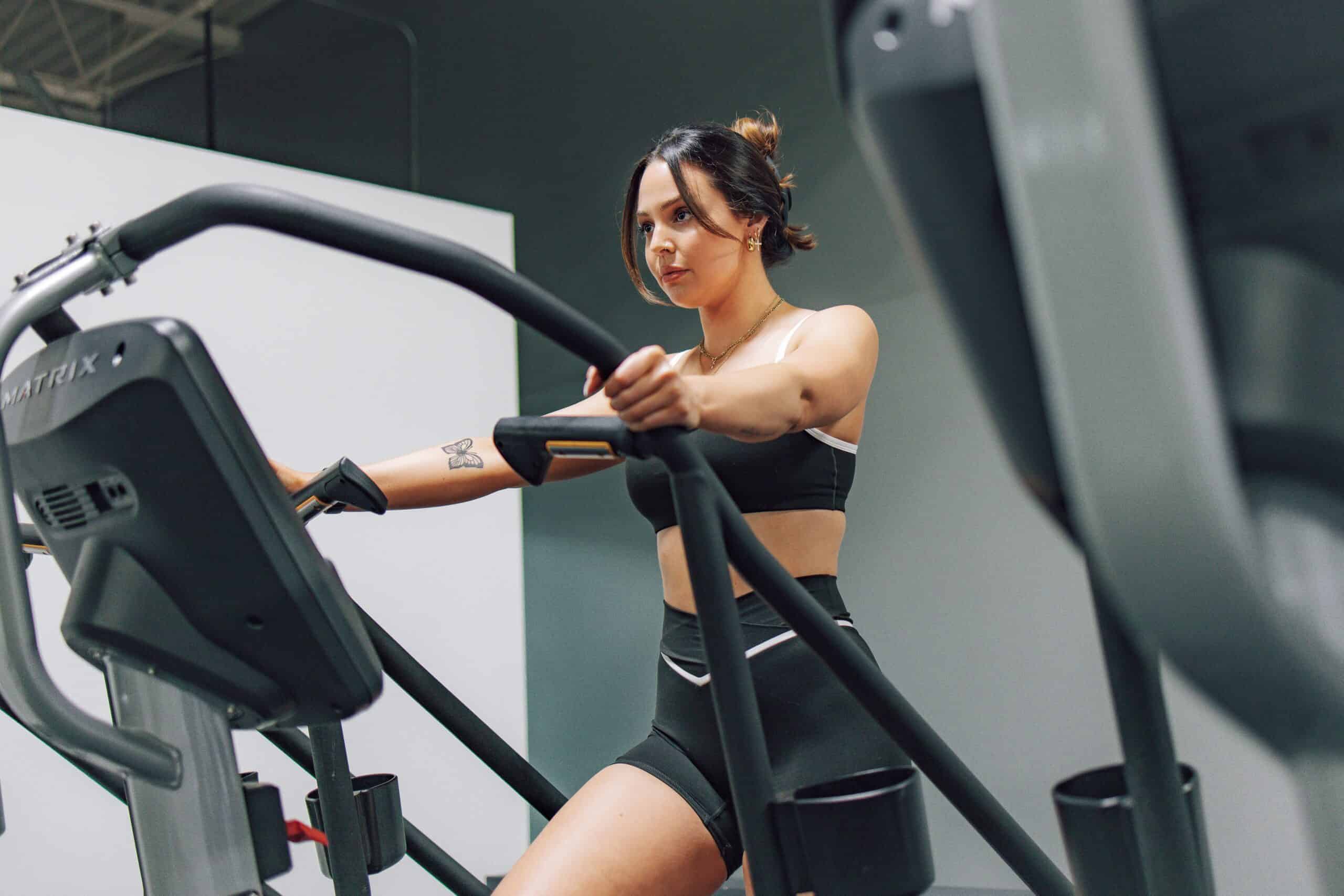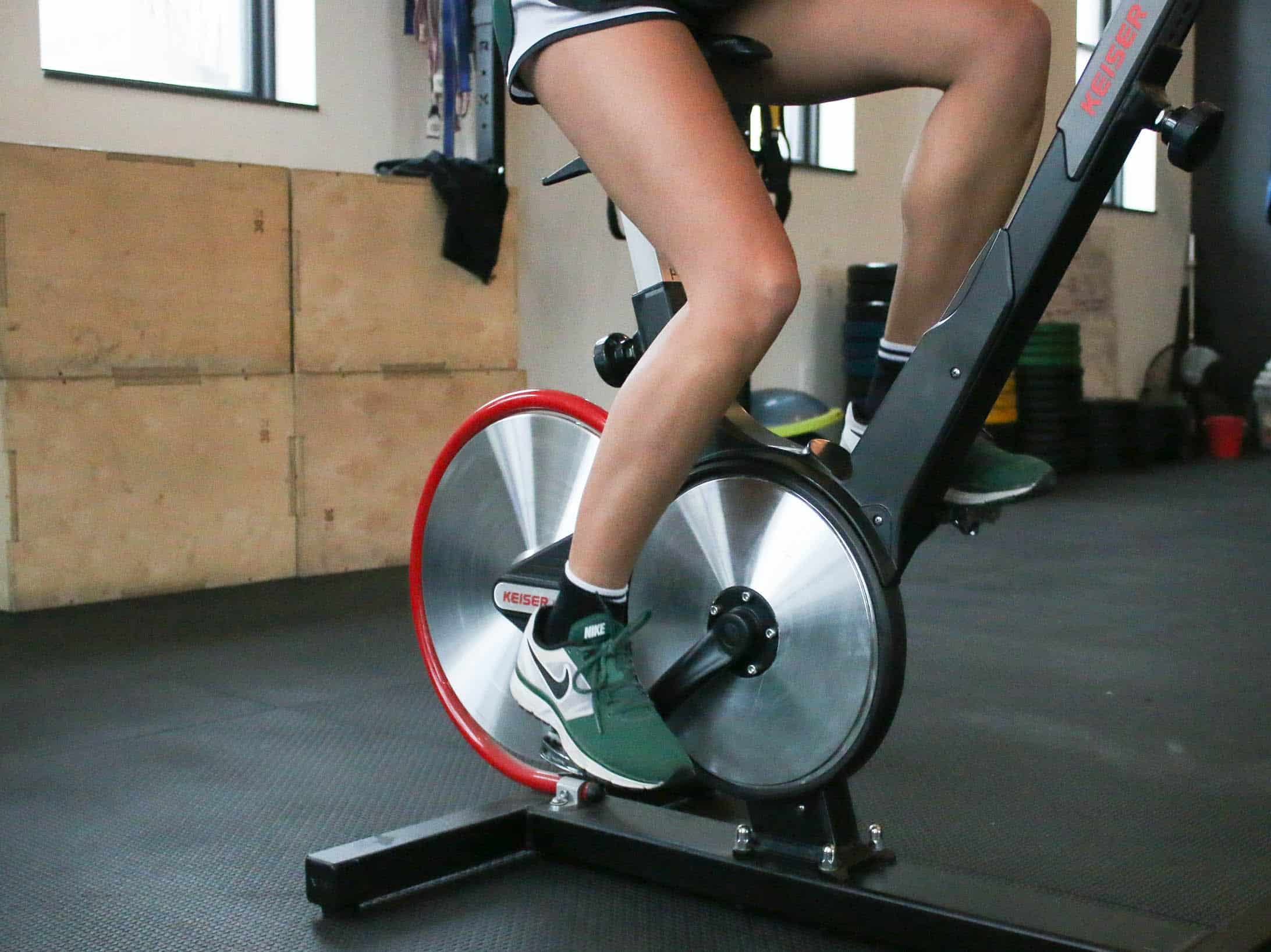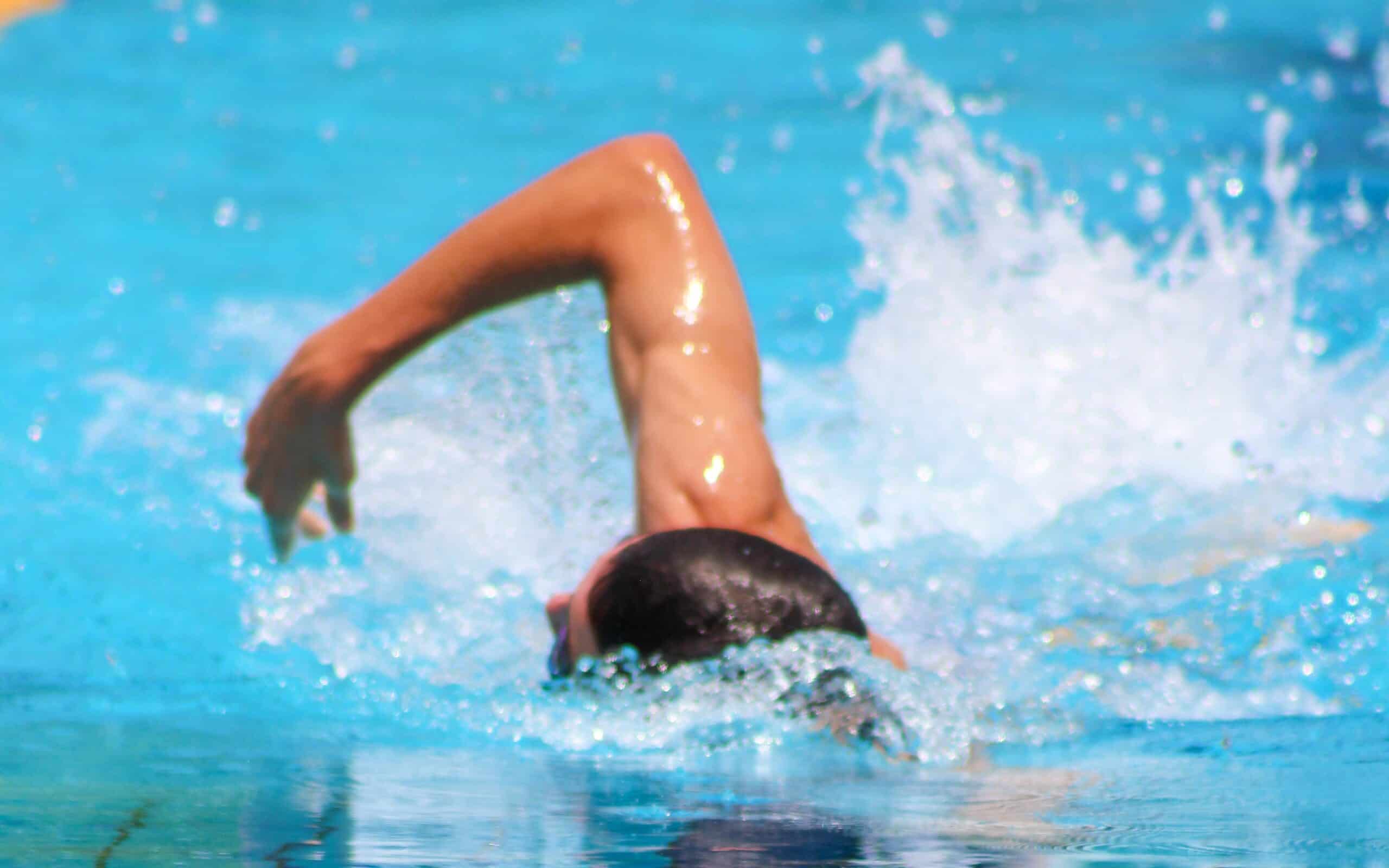The concept of injury requires no introduction to runners. Whether you’ve been injured or not, you’ve likely been warned enough times and lectured in every article about proper training protocol about what being sidelined entails. Read: obnoxious pain, boredom, restlessness, anxiety, and a bit of existential dread).
According to a 2020 study published in the journal Medicine & Science in Sports & Exercise, most recreational runners opt to be sedentary for the time that they’re injured.
They don’t replace their running time with other types of moderate or vigorous activity. And this is OK, if the problem is minor and you’re adding in a couple of additional rest days.
But, what if you’re in the middle of a training cycle and don’t want to lose your momentum or level of fitness?
Taking time off used to be the old recommendation, no matter the injury. RICE was the guiding acronym: Rest, Ice, Compression, and Elevation.
Recovery for Runners
A “groovier” acronym has taken over in recent years. PEACE and LOVE was introduced in the British Journal of Sports Medicine.
P-E-A-C-E
The tenets of this ethos is to:
- Protect the injury for the first couple of days
- Elevate
- Avoid anti-inflammatories
- Compression
- Education (which translates to allowing your body to do what it already knows how to do).
L-O-V-E
The second part is what really goes against the old way:
- Load
- Optimism
- Vascularisation (find pain-free cardiovascular activities to increase blood flow) and
- Exercise to restore mobility.
“What we’re starting to see now, injury dependent, is that you actually want to load the tissue,” says Brant Stachel. Brant is a running coach and certified massage therapist.
Boston-based running coach Emily Bennewies agrees that “it really depends on the injury.” While stress fractures often require complete non-weight bearing, soft tissue injuries (like tendinitis, plantar fasciitis, or calf strains) usually allow for more options. In that case, Bennewies will encourage athletes to do “something that’s aerobically challenging.”
“What we know from the literature is that it takes 21 days completely off to lose any of your aerobic gains,” says Stachel.
He’s referring to this study. It that found that trained endurance athletes who stopped training had a VO2 Max that decreased by 7% after 21 days and 16% after 56 days.
Moral of the story? A few days of rest in the PEACE phase of your recovery won’t harm your cardiovascular fitness by much. If at all.
Related: How to test your VO2 Max outside of a lab
Losing that fitness is the fear, right? Especially if you have a goal race on the horizon and are weighing the options. Should you nursing a nagging pain or training through it?
“I think it’s really challenging to see the whole picture and not get fixated on how many miles you’re not running or what runs you’ve missed, or what you are lacking to cause that injury,” says Bennewies. “It’s something for runners to keep in mind is that you could do everything perfectly right and injuries will still happen.”
Cross-training through your injury, in a way that isn’t going to further injure yourself, will not only benefit your running when you’re back at it. It also helps you better manage the mental aspect that is so hard about injuries.
So what is the best way to keep up your training while you’re injured?
How to Stay in Shape While Injured for Runners
There are ways you can substitute the hard-impact of running while you’re injured so that when you’re back on the pavement or trail, you haven’t lost all your fitness.
The elliptical, stair stepper, stationary bike, the pool, and the yoga mat can all play their part in keeping runners (nearly) race ready.
“There are definitely lots of ways that you can mimic workouts and get a lot of the same benefits on these other machines. Or in these other ways if you’re unable fully to run,” says Bennewies.

Elliptical Cross-Training for Runners
A small 2021 study from the University of Cape Town Department of Human Biology, Division of Exercise Science and Sports Medicine found that the elliptical and stair stepper acted as suitable substitutes for running.
In fact, the measurements they took for the stair stepper and elliptical all matched the measurements they took for running on a treadmill. Oxygen consumption, heart rate, fuel utilization, and energy expenditure all matched.
Our experts and the literature agrees, though, that the elliptical is the best machine for runners.
“The number one cross-training modality that we found in literature that most mimics running from a physical standpoint, from a cardiovascular standpoint, is the elliptical trainer,” says Stachel.
He caveats that you want a long-stride elliptical with the flywheel attached at the back, not an all-motion elliptical. It is the best modality to mimic running. And, it’s also accessible as a piece of equipment you can find in nearly every gym.
How to incorporate it into your training?
Elliptical Equivalent to Running
Bennewies says you can substitute time running for time on the elliptical. Or run part of your training session and finish it on the elliptical.
If you’re doing intervals or a fartlek, Stachel recommends cutting your recovery time by a third when on the elliptical. “The reason why you’re able to is because you don’t have the impact. So you’re not worried about the stress and the impact-related injuries. So you can really crank it.”
Ellipticals for Runners
If you don’t belong to a gym with elliptical machines, the NordicTrack Commercial Smart is recommended most for runners. The Niceday Elliptical being a better budget-conscious option.

Cycling Cross-Training for Runners
When Bennewies was out of running for 6 months with a hamstring injury, she began going to a spin class–a type of group studio cycling. She loved it so much it’s become a regular part of her routine, mixed in with running. It even helped her hit her half marathon PR at the time.
While interval training can easily be done on a stationary bike, long runs translate really well to a long cycle session.
But Stachel notes that you’ll need to double your time on the bike to mimic a true long run. “Because you have no load, it’s really hard to get the heart rate up on the bike.”
In that case, a 13 mile long run that might normally take you two hours, would equate to four hours on the bike. In a perfect world with unlimited time, that could be do-able, but that’s likely not realistic for most folks. Which is why Stachel adds, “something is better than nothing.” If you can only dedicate the same amount of time you would have dedicated to running, so be it.
You can also use the bike to mimic a hill workout–to an extent. You won’t be getting the mechanical benefit of pushing off and using the muscles of the posterior chain, you can still increase the resistance to build strength using strength training routines for runners.
This same ratio applies to any type of training methodology. If you follow a strict polarized training methodology, you’ll still spend 80% of your time in Zone 2 and the remainder of your training time at high-intensity threshold.
Stationary Bikes for Runners
If you don’t belong to a gym with stationary bikes, the most frequently recommended at-home exercise bike is the NordicTrack Studio Cycle. As a cost-conscious alternative, the DMASUN Bike is the most well-reviewed and affordable cycle on Amazon.

Water Jogging and Swimming Cross-Training for Runners
Aqua jogging (running in the pool) and swimming are by far the most traditional recommendations for a low-impact form of cardio, but are not as accessible as the other options we’ve covered.
While Stachel thinks the elliptical is the best cross-training modality in general, there are certain scenarios he’d recommend time in the pool over anything else, like stress-related injuries.
“Some injuries, like a calf or Achilles injury for instance, don’t respond well to the bike or elliptical sometimes depending on what it is. You’re still putting it through that full plantar and dorsiflexion on the elliptical or the bike. So then you’d want to go aqua jog, so you’re offloading that plantar and dorsiflexion of the ankle pulling on the Achilles,” he says.
In aqua jogging, you’re using the same range of muscles you would while running, without the impact. And the resistance from the water makes it cardiovascularly challenging. Swimming engages an even wider range of muscles and can balance muscle development on your return from injury. It also builds strength in a way that can help prevent future injuries.
In both pool-related exercises, the buoyancy of the water can be helpful in reducing swelling and improving blood flow.
As for training, intervals are a great workout to substitute in the pool whether you’re jogging or swimming. It’s worth noting that unless you’ve been swimming regularly, your fitness on the roads is not going to translate in the pool. Instead of marking your intervals based on pace, try to break it down by effort.
If you want some specific workout ideas, check out these from Olympic steeplechaser Colleen Quigley.
Final Remarks to Running While Injured
Aches and pains are, in a way, part of the life of a runner, but when pain becomes persistent, severe, or you experience swelling it’s time to reach out to a sports physician. If your injury needs rehabilitation, a physical therapist can help you navigate training.
If your injury is low-grade the way to treat your injury on a budget is to just wait it out, using the exercises we’ve described above. But if it becomes chronic, it’s worth it to see a physical therapist and work out the problem for good.
Likewise, working with certified running coaches can help you learn how to train smarter and avoid injury altogether.
If you can’t afford to hire a coach, a training app like Runna will help design a training plan for long term, sustainable running. Use code HALF for 2 weeks of free training.
**This article is for entertainment purposes only and is not meant to supplement professional medical advice.
–
Everything featured on Half Marathon Guide is independently selected and curated. We may receive a small commission on purchases made from some of our links.





